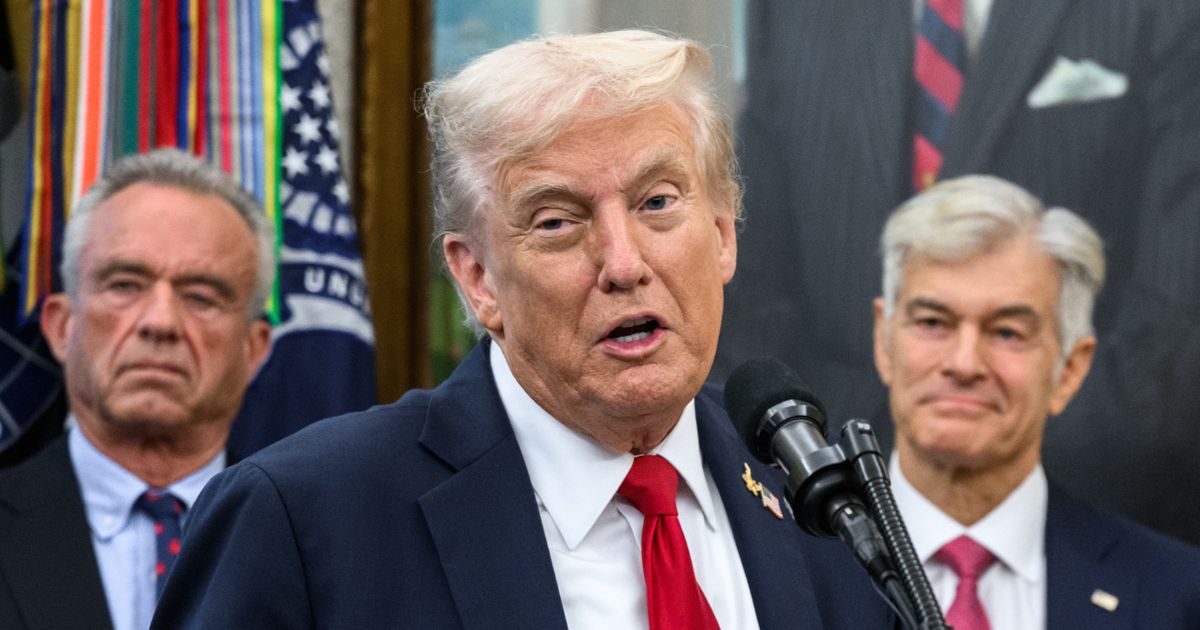President Donald Trump is preparing a fresh bailout for growers battered by his trade war, a move that amounts to an admission that his signature tariff strategy is gutting farm incomes and export markets. He teased the plan with a coy “I’m going to do some farm stuff this week,” but aides and industry sources say the package will likely land in the $10 billion to $15 billion range, targeted largely at soybean country that has been cut off from its biggest customer.
China once bought roughly half of all U.S. soybean exports, but with tariffs and tensions surging again, Beijing shifted purchases to South America and left American bins filling up. Analysts and traders say the U.S. is missing out on billions of dollars of sales this season, a hit that cascades into lower cash prices, delayed investments, and tighter credit on the farm.
Reporter: Are you going to announce farm relief this week?
Trump: Yeah, I’m going to do some farm stuff this week. pic.twitter.com/2bam999aY4
— Acyn (@Acyn) October 6, 2025
If this all feels familiar, it’s because it is. Back in 2018 and 2019, the administration rolled out multi-billion-dollar “Market Facilitation Program” payments to cushion producers from retaliatory tariffs, including a $16 billion round in 2019 that sent $14.5 billion directly to farmers. Those checks kept many operations afloat, but they also underscored how badly exports had been damaged, with U.S. soybean shipments to China plunging after tariffs and counter-tariffs took hold.
The new squeeze isn’t just about soybeans. Sorghum, once a fast-growing niche in China thanks to livestock feed and baijiu distilleries, was hammered when Beijing slapped a 178.6 percent deposit on U.S. cargoes during the last escalation. That move effectively halted flows and rattled Plains producers who had diversified away from corn. Those scars never fully healed, and they serve as a warning of how quickly a policy fight can turn into empty order books in farm country.
For months, the White House has tried to recast tariffs as a clean way to extract concessions, but the math keeps intruding. Tariffs are import taxes paid by U.S. companies at the border, costs that are often passed along through supply chains to consumers. Retaliation, meanwhile, lands squarely on exporters like farmers who can’t easily find replacement buyers at the same scale or price. Fact-checkers have repeatedly noted the gap between the talking points and the mechanics of trade policy, and the farm-aid drumbeat only widens that gap.
Out in the countryside, patience is thinner than it was during the first trade-war go-round. South American beans are covering the bulk of China’s demand, while U.S. exporters face the prospect of cutting another 14 to 16 million tons from their sales outlook. China has not booked a bushel this year, with import duties around the mid-30s making U.S. cargoes uncompetitive and leaving farmers to hunt smaller buyers in Southeast Asia and Africa. None of those markets can replicate China’s scale, which is why a new bailout suddenly looks “necessary” again.
The administration’s message is that help is on the way, and that new markets will eventually backfill the hole left by China. Farm groups have heard it before. In the last cycle, aid checks skewed toward the largest recipients, fueling a perception that rescue money props up balance sheets without restoring the relationships growers actually need, the ones that buy vessel-loads month after month.









